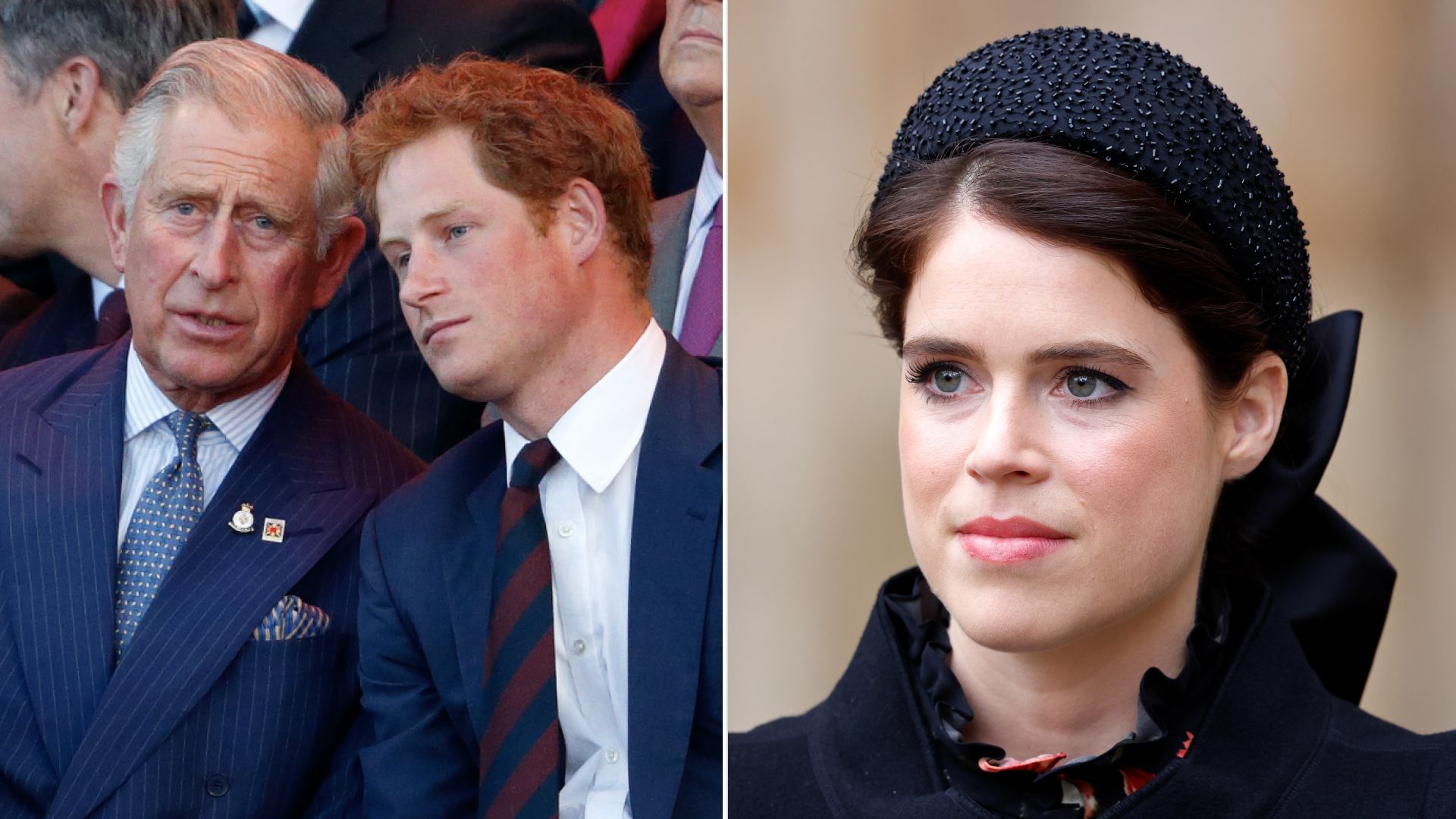It’s one of the most closely guarded subjects inside the Palace — and one of the most fiercely debated among the public: how much do the Royals really cost the taxpayer?
From the private wealth of senior royals to the invisible “extras” quietly added to the public purse, the truth about royal money isn’t quite as polished as the crown jewels. And now, insiders are breaking their silence on what’s really going on behind the gilded gates.
Princesses Beatrice and Eugenie — The “Part-Time Royals” With Full-Time Perks
They may not be working royals, but Princess Beatrice and Princess Eugenie live lives that blur the line between private privilege and public benefit.
Officially, the daughters of Prince Andrew and Sarah Ferguson are not funded by the Sovereign Grant — the pot of money drawn from UK taxpayers to fund official royal duties. Both have careers — Beatrice in finance and technology, Eugenie in art — and insist they “earn their own way.”
But the reality, royal insiders admit, is far more nuanced.
From private security costs quietly covered during high-profile events, to travel arrangements linked to family occasions and royal appearances, both sisters continue to receive “behind-the-scenes” benefits that critics argue amount to public spending in disguise.
“They may not take official salaries,” one former palace aide explained, “but when they travel, attend royal events, or even hold charitable patronages, there’s often a ripple effect of taxpayer funding. It’s not about direct income — it’s about invisible support.”
Prince William’s “Hidden Tax” Strategy

Then there’s Prince William, whose growing influence and responsibilities as heir to the throne have raised new questions about transparency and taxation.
Earlier this year, sources close to Kensington Palace revealed that William is exploring ways to restructure parts of his Duchy of Cornwall income — a vast estate worth more than £1 billion — in a move insiders say is aimed at protecting royal privacy and minimizing scrutiny.
While the Duchy is not required to pay corporate tax, William has reportedly pushed for modernizing its accounting structure, seeking greater “financial independence” from the government — and, according to some critics, a tighter grip on what the public is allowed to see.
“He’s trying to do the right thing,” said one royal finance expert. “But the optics are tricky. People want transparency — not discretion — especially when it involves assets technically held in trust for the nation.”
The Hidden “Extras” Taxpayers Are Really Funding

While headlines often focus on the Sovereign Grant — roughly £86 million annually — the true cost of the monarchy is significantly higher when you add what experts call the hidden extras.
These include round-the-clock security, official travel, renovations to royal residences, and even the upkeep of ceremonial events.
The total, according to a new financial breakdown, could be closer to £300–400 million per year, depending on how costs are calculated.
Add to that the “gray areas” — like infrastructure spending tied to royal estates or state visits — and the final figure becomes nearly impossible to pin down.
One senior Treasury insider described the system as “a web of tradition, secrecy, and selective transparency.”
A Delicate Balance Between Legacy and Accountability
Defenders of the Royal Family argue that the monarchy brings in far more than it costs, citing billions in annual tourism revenue and the global soft power that comes with Britain’s most famous institution.
But with public scrutiny at an all-time high — and younger royals like William and Catherine promoting a more modern, “accountable” image — pressure is mounting for the Palace to lay its finances bare.
“People don’t begrudge the monarchy,” says a former courtier. “They just want honesty about what they’re paying for — and where the line between private wealth and public duty really lies.”
The Royal Reckoning Ahead

As the monarchy evolves in a new era — one led by transparency, sustainability, and generational change — its relationship with money remains its most precarious balancing act.
The late Queen Elizabeth II mastered discretion. But Prince William, now stepping further into his father’s shadow, faces a different challenge: proving that royalty can remain relevant — and responsible — in a world that demands receipts.
The real question isn’t how much the Royals have — it’s how much the public deserves to know.





